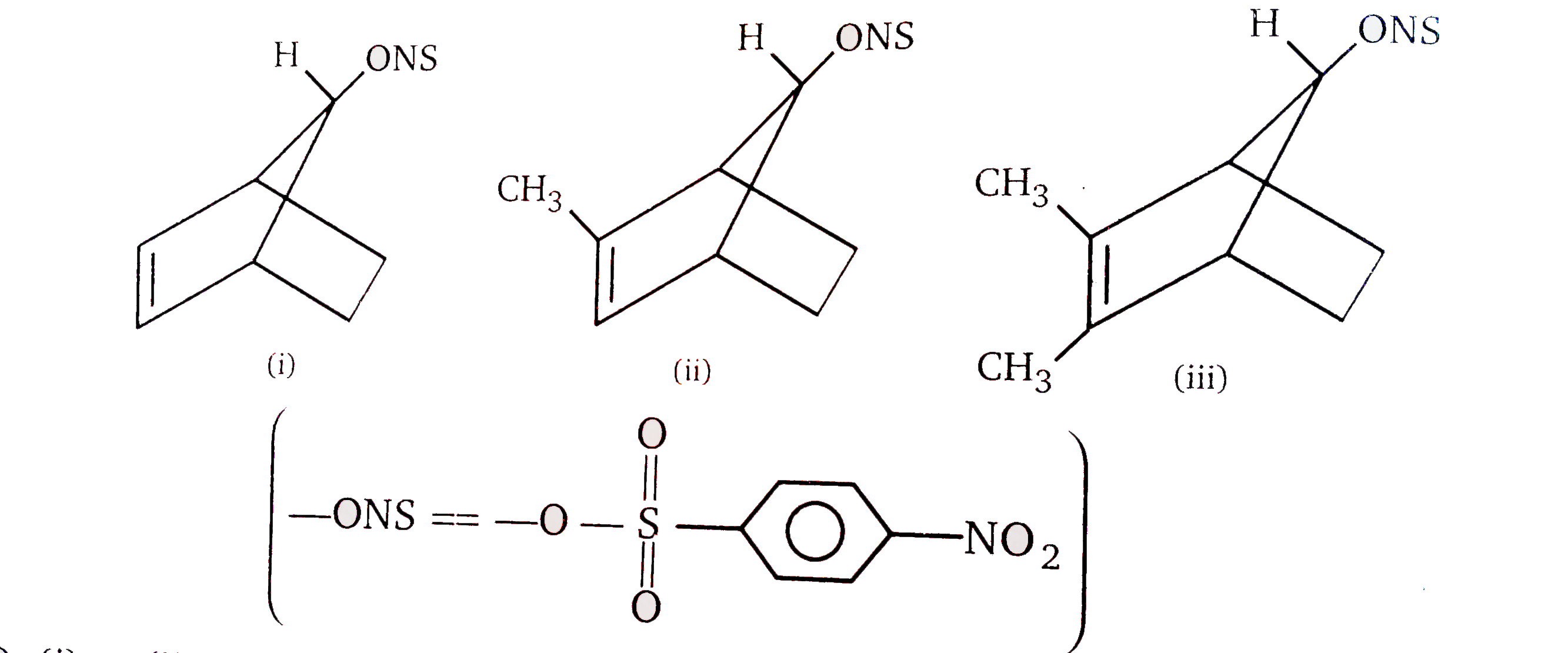Statement: Rate of reaction of .21H is more than rate of .11H in a simple reaction.
Explanation: Lighter isotopes are more reactive at the same temperature.
S is correct but E is wrong.
S is wrong but E is correct.
Both S and E are correct and E is correct explanation of S.
Both S and E are correct but E is not correct explanation of S.
The correct Answer is:b
KE=32RT, The speed of lighter isotope will be more.
Topper's Solved these Questions
- RADIO ACTIVITYBOOK - P BAHADURCHAPTER - RADIO ACTIVITYEXERCISE - Exercies 9
99 Videos
- RADIO ACTIVITYBOOK - P BAHADURCHAPTER - RADIO ACTIVITYEXERCISE - Exercies 7
24 Videos
- MOLE AND EQUIVALENT CONCEPTBOOK - P BAHADURCHAPTER - MOLE AND EQUIVALENT CONCEPTEXERCISE - Exercise 9 Advanced numerical problems
61 Videos
- REDOX REACTIONSBOOK - P BAHADURCHAPTER - REDOX REACTIONSEXERCISE - Exercise(8) Statement:Explanation type problems
19 Videos
Similar Questions
Knowledge Check
Relative rate of reaction with H2O
 A(I)>(II)>(III)B(II)>(I)>(III)C(III)>(II)>(I)D(III)>(I)>(II)
A(I)>(II)>(III)B(II)>(I)>(III)C(III)>(II)>(I)D(III)>(I)>(II)The rate of reaction can be increased by (more than one correct)
ADecreaisng threshold energyBUisng a poistive catalystCIncreaisng activation energyDIncreaisng temperatureThe rate constant K1 of a reaction is found to be double that of rate constant K2 of another reaction. The relationship between corresponding activation energies of the two reaction at same temperature (E1andE2) can be represented as:
AE1>E2BE1<E2CE1=E2DNone of these
Rate constant for a reaction H2+I2→2HI is 49, then rate constant for reaction 2HI→H2+I2 is
View SolutionStatement: A catayst does not affect the heat of reaction.
Explanation: It increases the rate of reaction.
View SolutionThe rate constant K1 of a reaction is found to be double that of rate constant K2 of another reaction. The relationship between corresponding activation energies of the two reaction at same temperature (E1andE2) can be represented as:
View SolutionRate constant for a reaction H2+I2→2HI is 49, then rate constant for reaction 2HI→H2+I2 is
View SolutionStatement-1 : The overall rate of a reversible reaction may decrease with the increase in temperature.
Statement-2 : When the activation energy of forward reaction is less than that of backward reaction, then the increase in the rate of backward reaction is more than that of forward reaction on increasing the temperature.
View Solution
